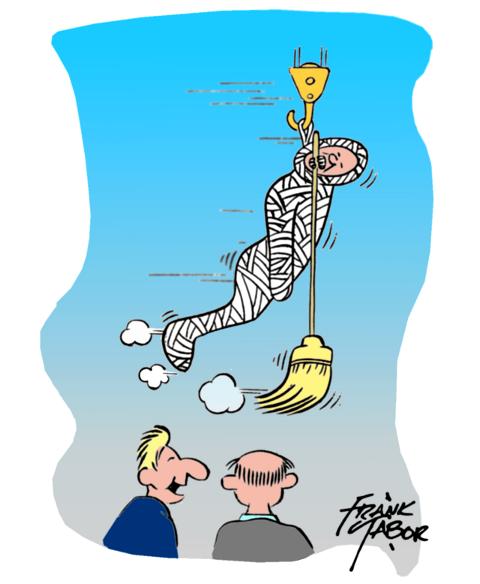|
|
| |
| |
| |
|
| |
|
| |
| |
| |
| |
| |
| |
| |
| |
| |
| |
| |
| |
| |
| |
|
Tell them you found it on anvilfire.com!
|
|
|


"Figley's making a game effort to preserve our zero hour loss work safety record."
|

TV Fables. . . What chills your puddle more than. . .
. . .a would be blacksmith love tapping hot iron and then dunking it in cold water?
. . .OR a would be welder wearing an arc helmet for an eye sheild when he cranks up his acetylene cutting torch?
While I've never seen a welder with the torch and helmet in real life, it's common stupidity seen regularly on television.
"Chills your puddle?"
- guru
Jim Gerlinsky says,
I get a chuckle out of the wannabe smith dipping hot iron in water.
Once upon a time when I was demoing, Some older gentleman said they used to call those guys "kushmachers".
In German "kushmachers" = kush (the sound) maker.
From Frank Turley,
kushmachers :
I met an old, retired swabby who told about a sailor who had a bucket patch within his petty officer stripes.
Nobody on board the ship tender ever saw him do anything.
The higher ups were becoming suspicious.
Finally, he was approached and asked what his job was.
"Well, I have a Kush Makers Rating."
When pressed to explain, he told them to follow him to the shop where he heated a piece of iron red hot.
He put it in the slack water, and it went "kush!"
|
|
|
"Figley's making a game effort to preserve our zero hour loss work safety record."